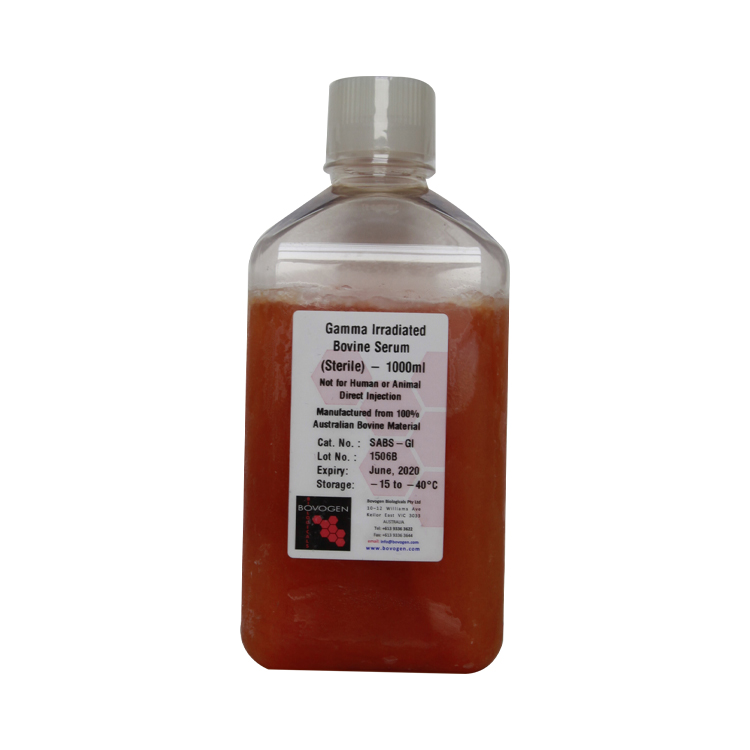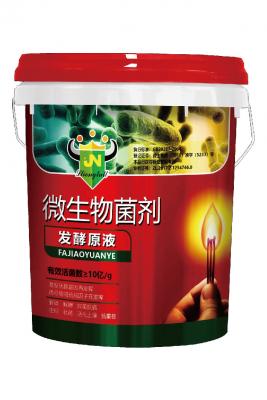The correct way to store fetal bovine serum
Fetal bovine serum has been controversial since its launch. From manufacturer, price, authentication to product quality, how to properly store products are some of the big questions. You will learn how to use and store serum properly.
Identification method of standard serum:
The light yellow transparent liquid of serum coagulation precipitation, as extracting blood from blood vessel, put into test tube, without anticoagulant, blood coagulation rapidly, forms freezing. The clot shrinks, and the light yellow transparent liquid precipitated around it is serum, which can also be obtained by centrifugation after coagulation. During coagulation, fibrinogen is converted into retinoids, so there is no fibrinogen in serum, unlike plasma. In blood coagulation reaction, blood platelet discharges many materials, also there is variation in clotting factor. These compositions are stayed in serum, and continue to change, as factor is converted into thrombin, along with the serum storage time reduce gradually or even disappear. These are also the difference from plasma. But the material that does not participate in blood coagulation reaction in a large number is basically identical with blood plasma. For avoiding the interference of anti-coagulants, the analysis of many chemical compositions in blood takes serum as sample.
The role of fetal bovine serum:
Fetal bovine serum is the most abundant natural medium in cell culture. It is rich in nutrients needed for cell growth. It is often used in the in vitro culture of animal cells and has important functions.
Serum storage points:
1. Serum that needs to be stored for a long time must be stored in a low-temperature refrigerator at -20°C-70°C. The storage time in the refrigerator at 4°C should not exceed 1 month. Because the volume of serum will increase by about 10% when it freezes, it is necessary to reserve a certain volume of serum before freezing in a low-temperature refrigerator, otherwise it will be easily polluted or the glass bottle will freeze and crack.
2. Heat inactivation refers to the serum that has been completely thawed by heating at 56°C for 30 minutes. Be sure to shake evenly during the heating process. The purpose of heat treatment is to inactivate the supplementary components in the serum. This heat treatment is generally not recommended unless necessary, as heat treatment can lead to a significant increase in serum sedimentation, but can also affect the quality of the serum. The responses involved in supplementation include: cytotoxicity, smooth muscle cell contraction, release of histamine from mast cells and platelets, enhancement of phagocytosis, and promotion of chemotaxis and activation of lymphocytes and macrophages.
3. The bottled serum should be thawed gradually: the serum in the low-temperature refrigerator from -20°C to -70°C should be thawed in the refrigerator at 4°C for 1 day. Then move it to room temperature, and repack it after it is completely dissolved. During the dissolution process, it needs to be shaken gently (be careful not to cause air bubbles) to make the temperature and ingredients uniform and reduce the occurrence of precipitation. Do not thaw serum directly from -20°C to 37°C, because the temperature change is too large, which will easily lead to protein coagulation and precipitation.
4. The serum provided by the general manufacturer is sterile and does not need to be filtered and sterilized. If you find that the serum has suspended matter, you can add the serum to the culture medium and filter it together, do not filter the serum directly.
5. Precipitates and flocs in serum: mainly caused by lipoprotein denaturation in serum and fibrin in serum after thawing, and will not affect the quality of serum itself. Centrifuge at 3000rpm to remove within 5 minutes or leave it alone. Microscopic "black dots": After heat treatment of serum, the formation of precipitates will be significantly increased. Some precipitates are observed under the microscope as "little black spots" and are often mistaken for serum contamination. Generally speaking, this small black spot will not affect the growth of cells, but if you doubt the quality of the serum, you should stop using it immediately and replace it with another batch of serum.
6. Do not store the serum at 37°C for too long, otherwise the serum will become turbid and the active ingredients in the serum will break, affecting the quality of the serum. Storage/transportation: -5°C~-20°C.




